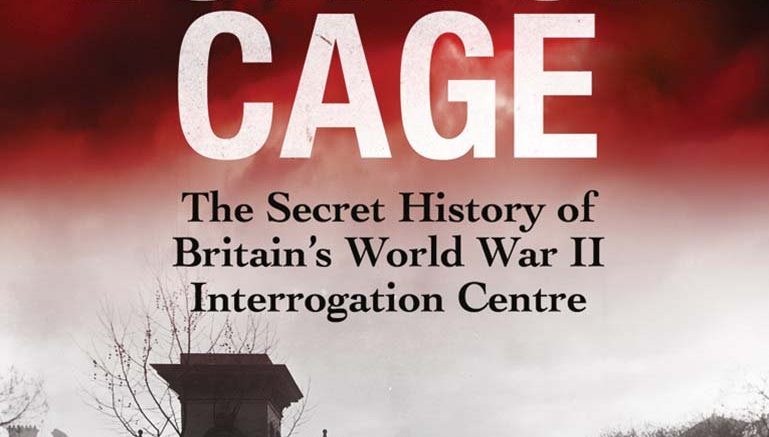In the end, this is a book about morality. The London Cage was a top secret interrogation centre set up by British intelligence during the Second World War. Located in Kensington Palace Gardens, it was closed down in 1948. For most of that time, it was a place that German prisoners of war passed through, where they were questioned, and valuable intelligence was gathered. From 1945 onwards, it collected evidence for use in war crimes trials. No one questions that the Cage, and its commanding officer Colonel Alexander Scotland, did collect useful intelligence that helped the Allies win the war. And it is also clear that Colonel Scotland’s team did excellent work in helping to prepared the cases that led the imprisonment, and sometimes hanging, of German Nazi war criminals in the years after 1945.
The moral issue is that despite Colonel Scotland’s insistence that everything done under his command was strictly in accord with the Geneva Convention, there is some evidence of mistreatment of some prisoners. There have been allegations of torture, and there were four suspicious deaths in custody at the London Cage.
Helen Fry has done an outstanding job with this book, going deep into the archives to find new sources and to attempt to reconstruct what actually happened at the London Cage. Among her many interesting finds was the original, uncensored memoir by Colonel Scotland himself.
The reputation of Colonel Scotland reminds me a bit of what happened with Arthur “Bomber” Harris, who led the strategic bombing campaign against Germany. Harris clearly contributed to a successful conclusion of the war, though the tactics he employed — which destroyed entire German cities — proved embarrassing to some after the war. It took several decades, but eventually a statue was erected to Harris in London, and Bomber Command got its own memorial in Green Park. One wonders if some day Colonel Scotland will also be recognised for his contribution to victory.
If that ever happens, this book will have made an important contribution to rediscovering the work he and his staff did in the London Cage.
